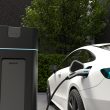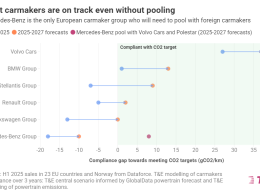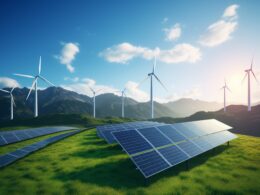China Petroleum & Chemical Corporation (Sinopec) and Contemporary Amperex Technology Co. Ltd. (CATL) have signed a cooperation framework agreement to jointly establish a nationwide electric vehicle (EV) battery swap network. The deal, signed in Beijing, marks a major step in China’s push to scale up low-carbon transport infrastructure.
The agreement outlines plans to construct no fewer than 500 battery swap stations by the end of 2024, with an eventual goal of reaching 10,000 stations nationwide. The project aims to create a standardised and efficient battery swapping system, providing EV users with faster alternatives to conventional charging.
“This collaboration marks another milestone in Sinopec’s efforts to support the energy transition,” said Ma Yongsheng, Chairman of Sinopec. “By combining our nationwide energy network with CATL’s technology, we hope to accelerate the development of new energy services across China.”
Dr. Robin Zeng, Chairman and CEO of CATL, highlighted the role of the project in addressing EV infrastructure needs: “A robust battery swap network is vital to the mass adoption of electric vehicles. This partnership will enhance the efficiency and accessibility of energy replenishment for both private and commercial EV users.”
Sinopec currently operates over 30,000 integrated energy stations and more than 10,000 ultra-fast charging stations across China. CATL, the world’s largest EV battery manufacturer, has existing collaborations with carmakers such as NIO, Changan, and Sinotruk, many of which offer battery-swappable vehicle models.
Beyond battery swapping, the two companies will cooperate on related technologies, including energy storage, advanced materials, and the development of smart energy microgrids incorporating solar power, storage, and battery diagnostics. They also intend to explore capital partnerships and further innovation in zero-carbon solutions.
The initiative supports Beijing’s broader goal of reducing carbon emissions in the transport sector and building resilient energy infrastructure to meet rising EV demand.





















